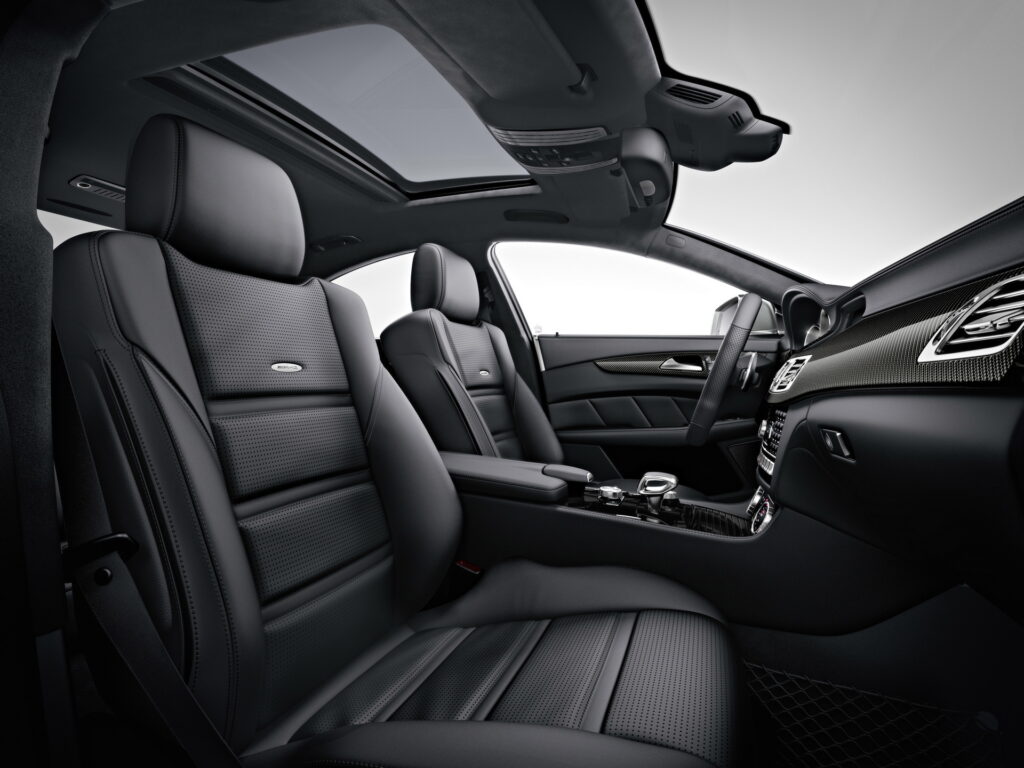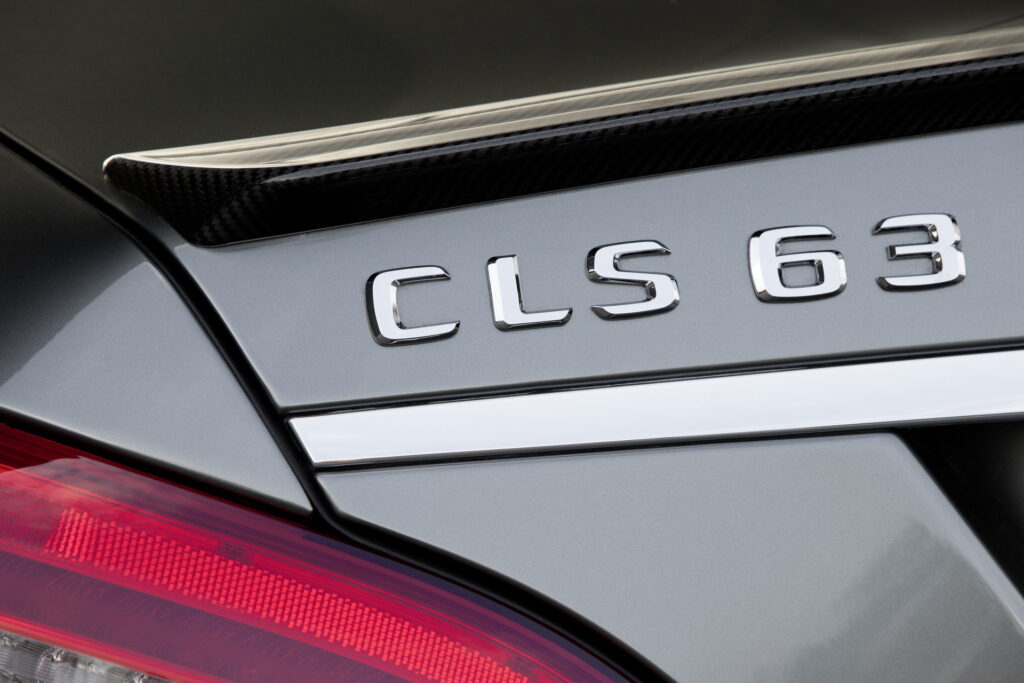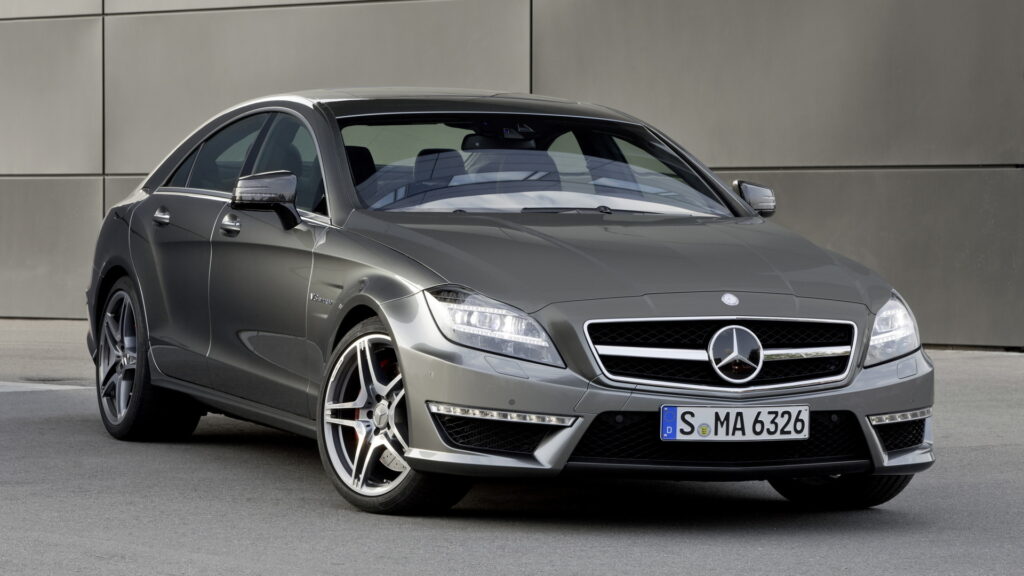Owners of older Mercedes vehicles equipped with a sunroof will have to be on high alert due to an issue, for which the automaker has launched a renewed recall campaign. It first became aware of the issue in 2017, but a number of complicating factors have meant that the defect has yet to be fully solved.
The recall relates to certain Mercedes C-Class, CLK, E-Class, and CLS models sold between 2001 and 2011 that have ineffective bonding between the glass sunroof panel and the sliding roof frame. The road to this recall has been anything but simple for the automaker and its supplier.
Documents filed with the National Highway Traffic Safety Administration (NHTSA) show that Mercedes first became aware of this issue in 2017, when it received reports of sunroofs flying off vehicles in markets outside the U.S. The automaker recovered the sunroofs and investigated, but could not find the cause of the problem. It then hired an outside firm to try and find the source of the issue, but its findings were inconclusive, too.
More: Mercedes-Benz Recalling 745,000 Cars Over Sunroofs That May Fly Off
Documents filed with the National Highway Traffic Safety Administration (NHTSA) show that Mercedes first became aware of this issue in 2017, when it received reports of sunroofs flying off vehicles in markets outside the U.S. The automaker recovered the sunroofs and investigated, but could not find the cause of the problem. It then hired an outside firm to try and find the source of the issue, but its findings were inconclusive, too.

In 2018, the automaker retrieved the sliding roofs of three used vehicles, and analyzed them. Two showed no signs of trouble, while a third, did. Looking through production records, it found that the one sliding roof with an issue was made later in the production cycle, which it reasoned could correlate with a shortened drying time for the bonding agent that attached the glass to the sliding mechanism.
By 2019, it was satisfied that this was a strong enough correlation to launch a recall campaign on vehicles made with sunroofs that had been dried for the shorter two minutes, instead of the initial five minutes.
Unfortunately, in 2020, Mercedes found more examples of sliding roof failures on vehicles that were made when the drying time was longer, meaning that it had not found the true root of the problem, and that the recall had not completely addressed the defect.
By 2022, Mercedes’ supplier finally had an answer for why the bonding agent was degrading. It found that a number of factors during the production of the roofs (including the temperatures and humidity in the production facilities during primer ventilation, and the equipping of trolleys in production) led to the problem.
And so, the automaker is now recalling a number of vehicles produced between 2000 and 2010—the specific models can be found in this NHTSA document and owners can check if their vehicle is included in the recall by entering their VIN on the organization’s website.
Whether they check or not, owners will be reached out to by Mercedes starting on February 21. They will be asked to return their vehicle to an authorized dealer, where the sunroof will be checked and replaced if necessary.





